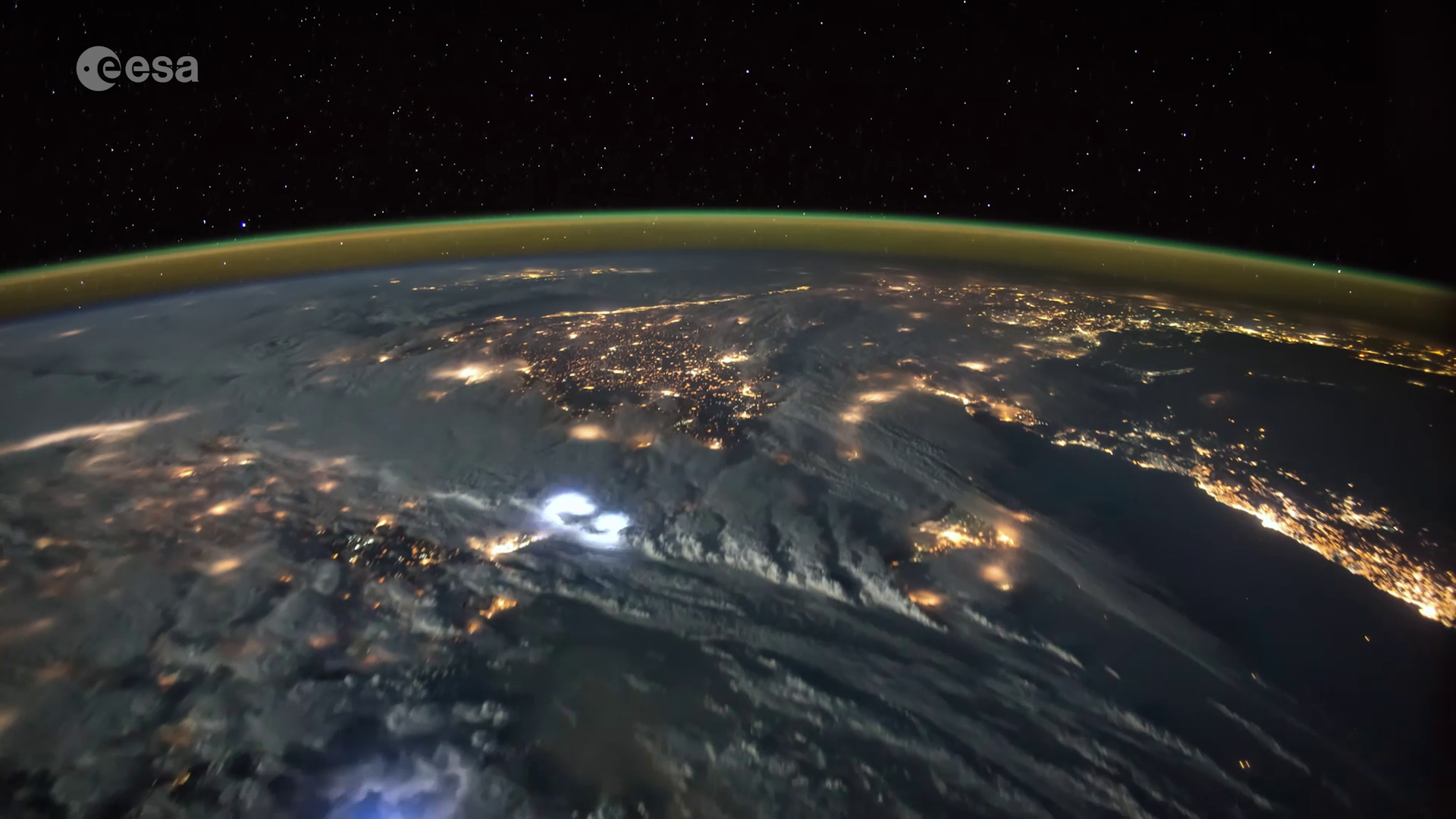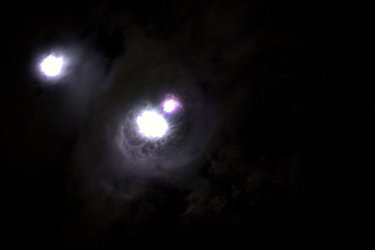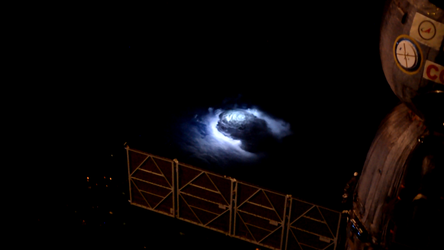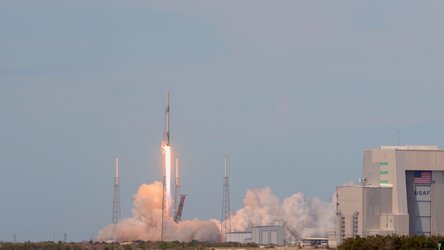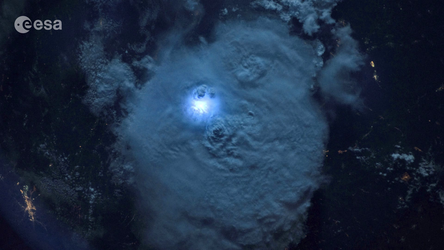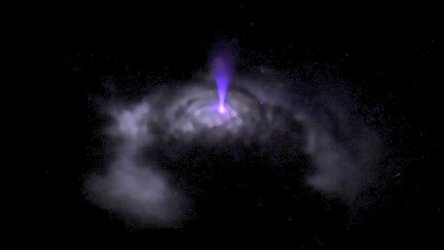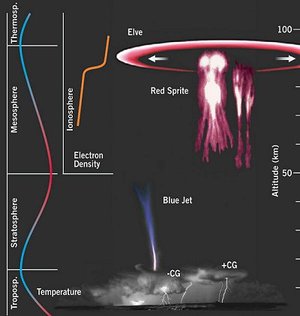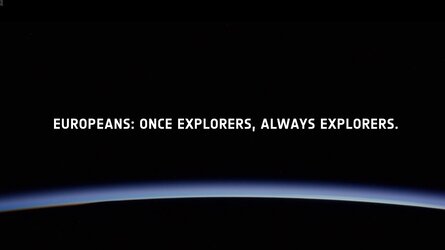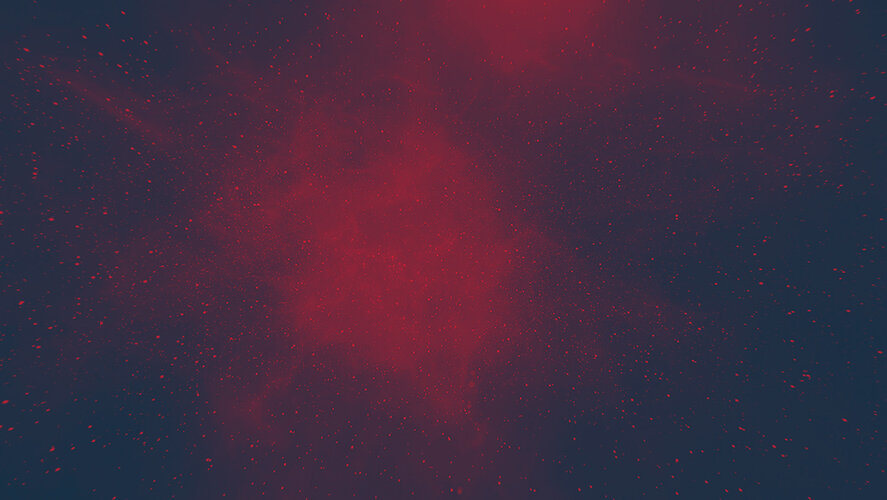The chemistry of lightning
Every second, around 45 lightning strikes jolt our atmosphere, where powerful reactions in thunderstorm clouds alter the chemical composition of the air inside and around them. A suite of European instruments will soon be studying these powerful discharges from space and give us clues on their role in the climate.
The Atmosphere-Space Interactions Monitor arrived yesterday at the International Space Station to peek inside the physics of high-energy phenomena at the edge of space.
With no clouds to obstruct the view, the package will help scientists to understand the anatomy of lightning from 400 km above the planet.
“We will learn more about the impact of severe thunderstorms in the upper layers of the atmosphere, where the electrical discharges happen and what powers them,” explains Torsten Neubert, science team coordinator at the Technical University of Denmark.
The measurements will help us to understand how electric fields within the clouds accelerate electrons to such energies and in such numbers that, in some cases, X-rays and gamma rays can be observed from space.
Impact on climate
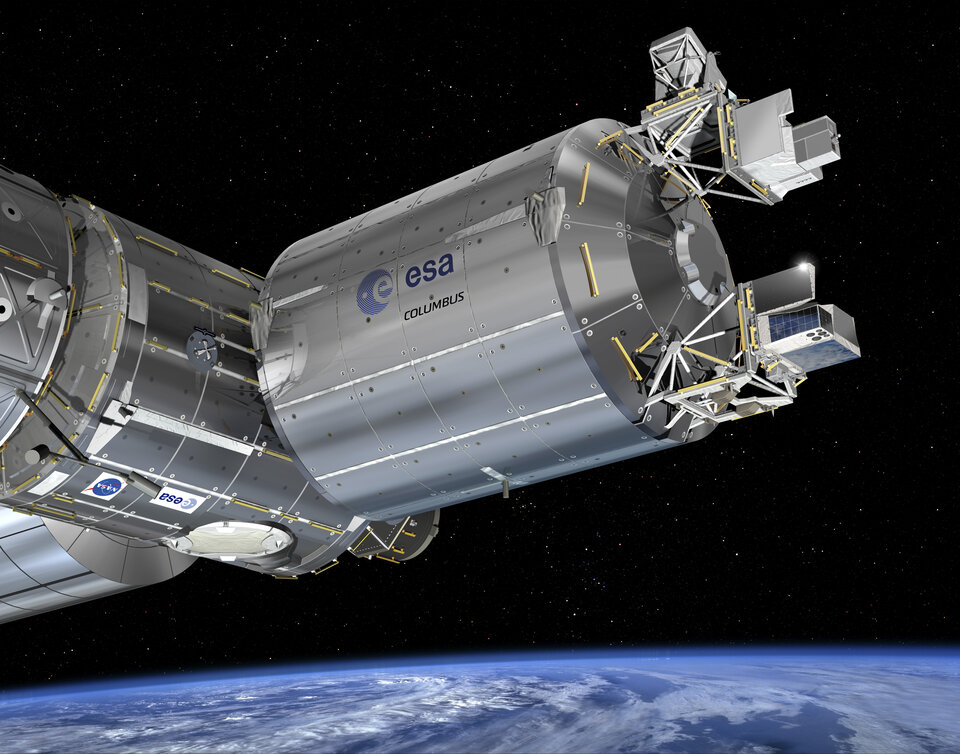
Lightning affects the concentration of atmospheric gases that are important for the climate.
“The role of thunderstorms in our climate is significant, but we need to get more accurate data to estimate their influence on the variability of the climate,” says Torsten.
Chemical changes in the atmosphere are still surrounded by large uncertainties. The new package will help us to build better atmospheric models and climate predictions.
Displays of light and energy
High up in the atmosphere, the electrical discharges take many forms and exist only briefly – milliseconds at most. These ‘transient luminous events’ include colorful phenomena with fairy tale names: sprites, blue jets and elves.
Sprites are flashes caused by electrical breakdown in the mesosphere, between 50 km and 100 km above the surface. They resemble reddish jellyfish with tentacles streaming down.
The blue jet propagates upwards into the stratosphere from cloud tops. ESA astronaut Andreas Mogensen recorded a pulsating blue jet on camera for the first time during his mission to the International Space Station in 2015.
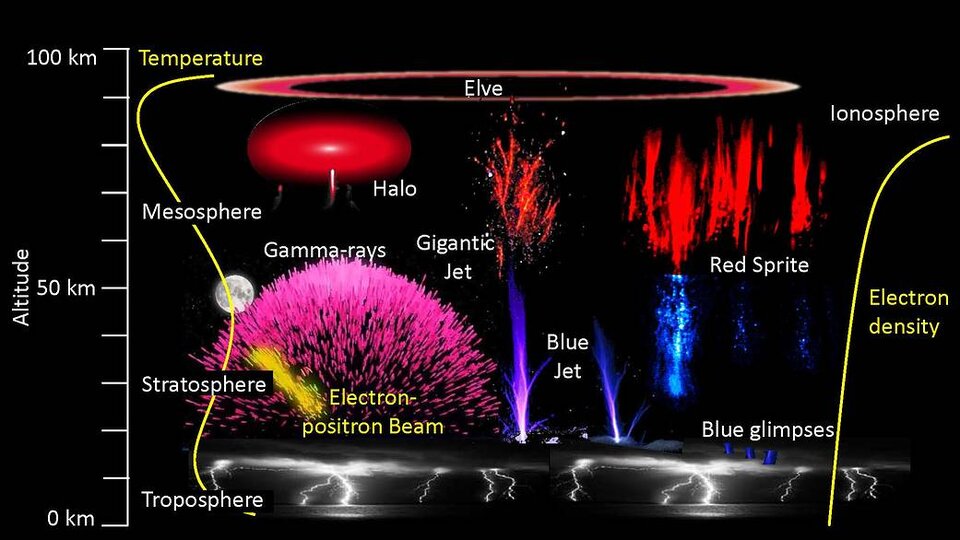
The highest of all are the elves, concentric rings that often appear as a dim, expanding glow 400 km wide. Electron collisions and excited nitrogen molecules are behind it.
The latest European observatory in space will also detect bursts of gamma rays from thunderstorms accompanied by energetic electrons and their antimatter partners, positrons.















 Germany
Germany
 Austria
Austria
 Belgium
Belgium
 Denmark
Denmark
 Spain
Spain
 Estonia
Estonia
 Finland
Finland
 France
France
 Greece
Greece
 Hungary
Hungary
 Ireland
Ireland
 Italy
Italy
 Luxembourg
Luxembourg
 Norway
Norway
 The Netherlands
The Netherlands
 Poland
Poland
 Portugal
Portugal
 Czechia
Czechia
 Romania
Romania
 United Kingdom
United Kingdom
 Slovenia
Slovenia
 Sweden
Sweden
 Switzerland
Switzerland


























